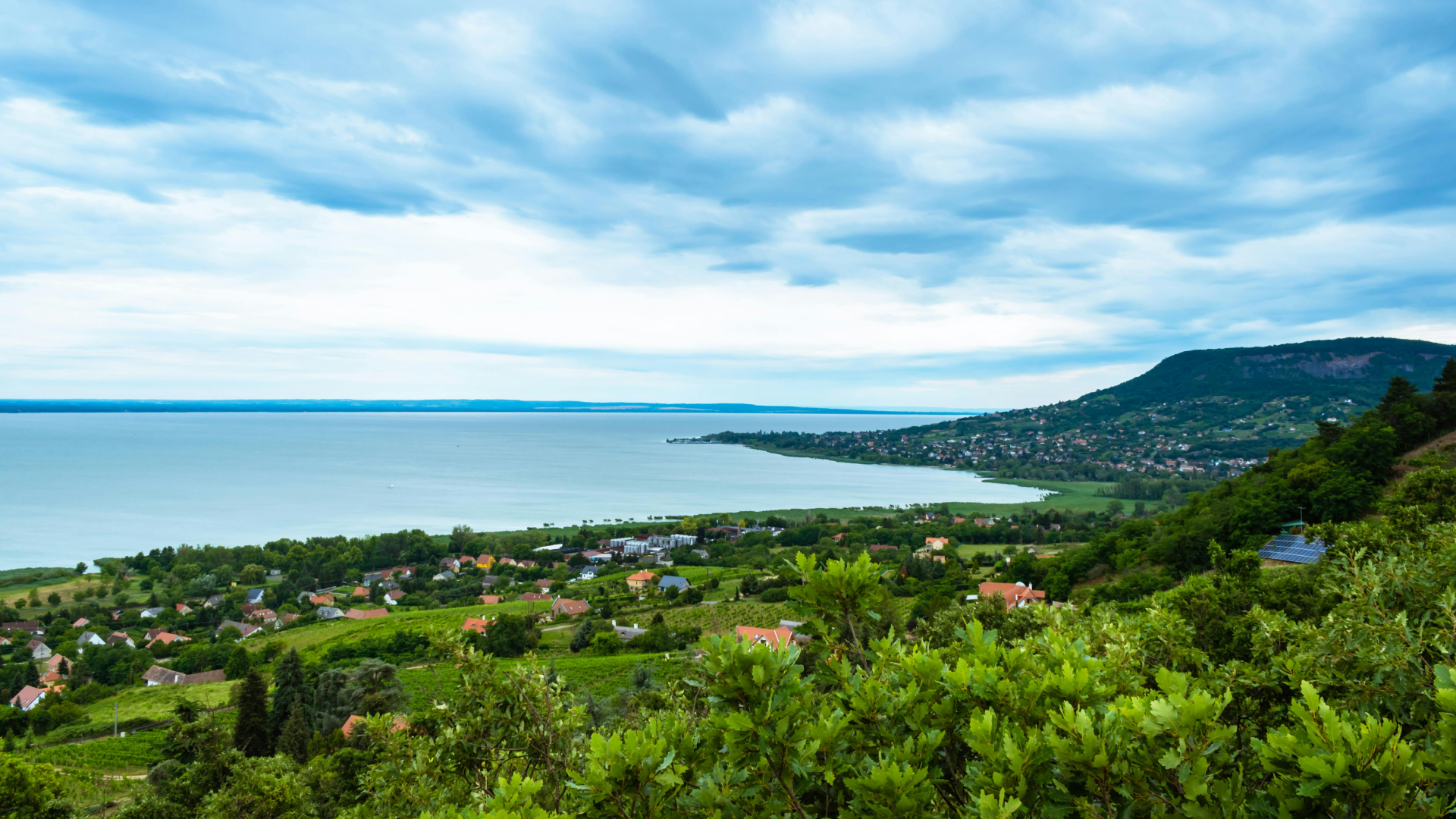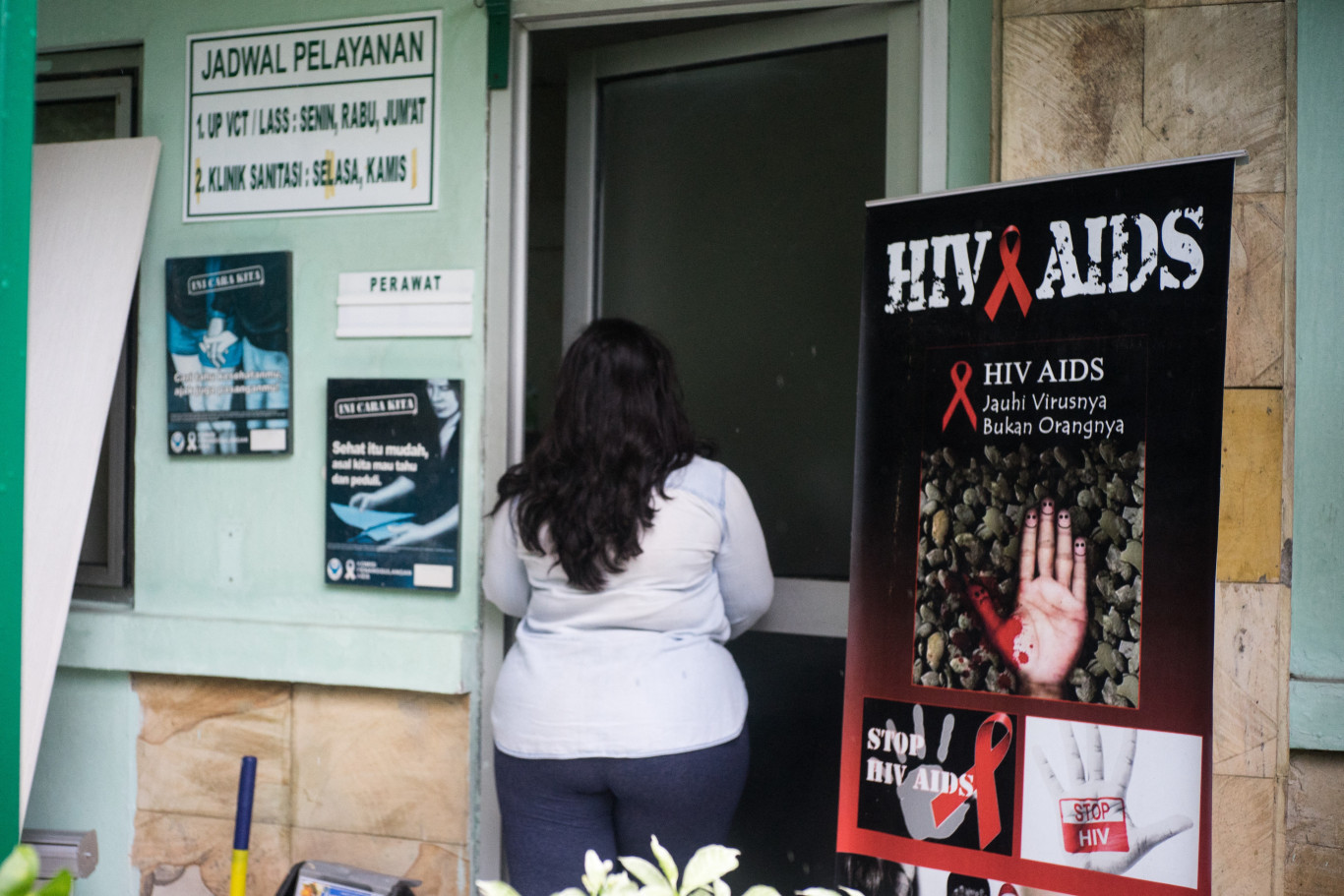As it turned out, instead of about 1.2 million people, the Hungarian beekeepers begin with 600-700 thousand bee colonies only. Head of the National Association for Hungarian Beekeeping, Peter President In Inforadio He stated that major deaths around the world are a big problem.
According to him, the full -time beekeepers were more successful in protecting their herds than those who deal with a partial or hobby level. Moreover, the acacia is very sensitive to spring frosts, and this year removed the crop. In Bács-Kiskun Province, which is especially important for the production of Hungarian honey, there was April in April where the temperatures were 5 and 7 degrees Celsius.
Although they could not predict the shrinkage at the present time, the rain in the winter was a serious problem for years, especially for beekeepers such as Linden, gentle chestnut or acacia. Peter Bruce said that “the acacia was frozen in the central mountains and the valleys almost all the time, and the flowers of flowers remained only on the hills lines, and two nights in April were the result of the Danube-Texza as well.” Emphasized this:
Most trees have a black flower, with nearly two -thirds of the local acacia panels due to frost.
Hungarian farmers produce about thirty thousand tons of honey annually and export a third of this amount, so the Hungary is a “great power for beekeeping”. Italy, France and Germany buy about ninety percent of Hungarian honey exports.
According to Péter Bross, the great reduction of the Hungarian uterine is a complex problem looking for the cause, but the “continuous deterioration of the environment” also plays an important role in this situation.
(Cover Image: Georgy Likovsky / EPA / MTI)










































